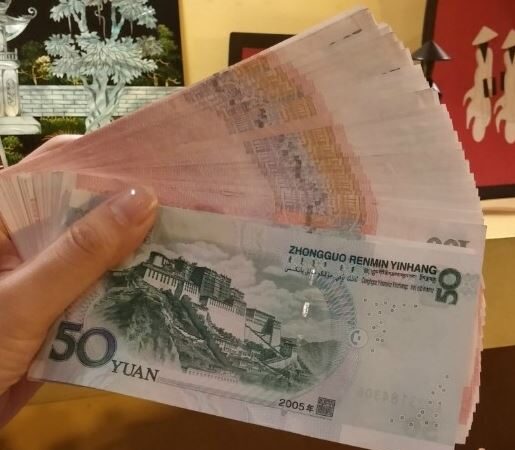
Asian currencies weakened on Friday yet remained on track for weekly gains as optimism over potential U.S. trade agreements supported market sentiment. Investors are closely watching Tokyo’s latest inflation data for signals on the Bank of Japan’s (BOJ) next policy move, while attention shifts to upcoming interest rate decisions from both the BOJ and U.S. Federal Reserve.
The U.S. Dollar Index, which tracks the greenback against major currencies, rose 0.3% during Asian trading hours, with Dollar Index Futures up 0.2%. Despite Friday’s uptick, the dollar has seen sharp losses this week, allowing most regional currencies to advance.
Reports indicate a key U.S.-EU trade deal is nearing completion, potentially replacing a planned 30% tariff with a 15% levy on EU exports by August 1. Indian Commerce Minister Piyush Goyal expressed optimism about securing a U.S. trade agreement to avert proposed 26% tariffs. Earlier this week, President Donald Trump confirmed a U.S.-Japan trade deal lowering tariffs on Japanese imports to 15% from the previously planned 25%, boosting expectations for similar agreements with other nations.
Among major Asian currencies, the South Korean won slipped 0.3% after five days of gains but was still set for a 1% weekly rise. The Chinese yuan traded 0.2% higher in both onshore (USD/CNY) and offshore (USD/CNH) markets, while the Singapore dollar and Indian rupee also edged lower. The Australian dollar eased 0.1% but headed for a significant weekly jump.
Tokyo’s July CPI data showed inflation easing more than expected, though core figures stayed above BOJ’s target, maintaining speculation over a potential rate hike later this year. The Japanese yen weakened 0.3% Friday amid ongoing political uncertainty and speculation about Prime Minister Shigeru Ishiba’s possible resignation.




